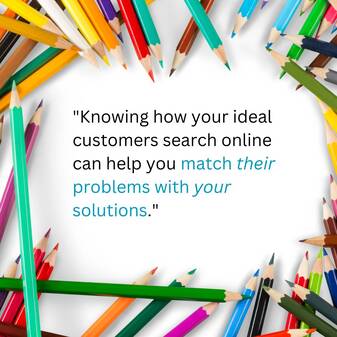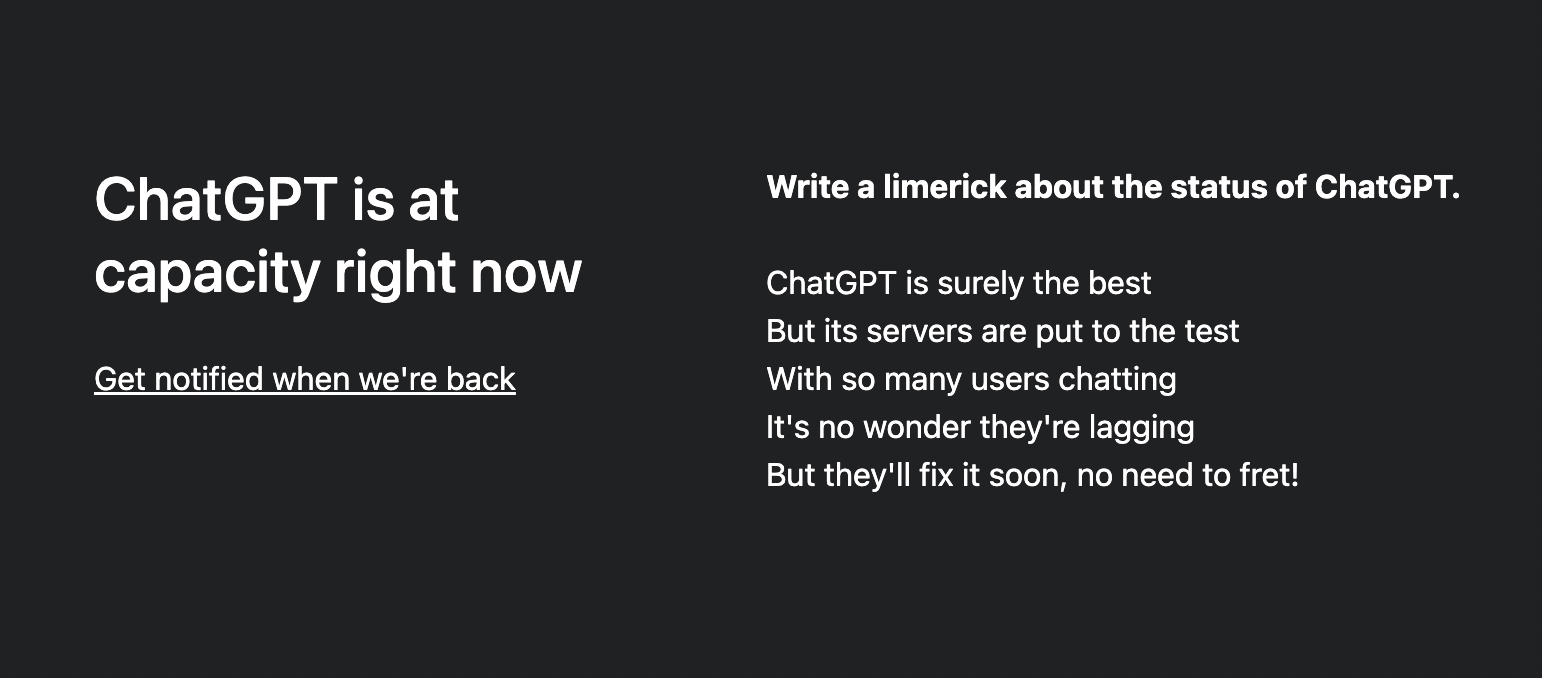|
The best time to engage an expert in creating a content strategy is when your website is a glimmer in your eye. Here, you can create a roadmap for your website before you’ve even engaged a designer. That roadmap will help you determine:
The Research that Goes Into a Content Strategy The foundation to the foundation is a keen understanding of your industry. This doesn’t necessarily mean working with an industry expert (who could have their own blindspots and biases). But it does mean working with someone willing to put in the time to dive deeply into the industry to learn everything they need to know about your customers' needs and pain points. This means:
*Admittedly, this is one area the expert has over the generalist. Another quite banal but important component to the strategy is keyword research. This will help shape the meta titles of the core pages on your website, and provide grist for the mill when it comes to creating ongoing content. Keyword research isn’t just about SEO, though it is a good foundational step toward SEO. Knowing how your ideal customers search is more about matching problems with solutions. Say I want to know how to create an image for my website and you have software that can help me do just that. Thanks to keyword research, you now know what my problem is. Your Title Tag can address my problem head on. A good content strategist can help you:
A content strategist and writer can help you:
The Next Steps: Creating an *Offsite* Content StrategyAn offsite content strategy is an excellent way to improve brand recognition and SEO, all while introducing your experts to would-be customers and the industry at large.
The type of content strategy described above is an excellent first step toward getting there. Want a little help? Contact me and let’s get started. 
It’s not fancy. It’s not hard to create. But it produces a big impact. With an average open rate of more than 20%, an email newsletter enables your company to regularly get in front of your audience for a low low cost of, according to the marketing platform sendinblue, .01 per email.
That’s a pretty big bang for your buck when you consider that the humble email newsletter enables you to nurture leads, show off your expertise, and develop brand loyalty with your current and ideal customers. More specifically… An email newsletter enables you to nurture leads by getting in front of customers on their time. This means you can have conversations with your ideal customers during lunch (hello sad desk salad), while they’re in line at the store, or while they’re in the bleachers watching (or not watching) little league practice. That’s a lot of face time! This time gives you the opportunity to:
As EmailOctopus explains, “The best B2B newsletters prioritize customer care by nurturing consumer relationships both pre-purchase and post-purchase.” It’s Practically Already Done
The best thing about a B2B email newsletter is that they are extremely easy to compose. That’s because most of the work is already done. Once you’ve blogged about your expertise and insights, created a case fresh study, and / or published a new white paper that will help your audience learn more about [whatever it is you do], the only thing left to do is assemble them into a cute (or, ahem, serious) little newsletter, tie a ribbon around it, and sent it off into the universe.
And if you haven’t done all of those things yet? Let this be your sign that today is the day to get started. And if you need help with any or all of the above, hit me up! I’m more than happy to help.
There’s been a lot of talk about how Chat GPT will put content writers out of business. In my humble opinion, we all need to take a breath. There’s a lot that Chat GPT is not designed to do.
Here are just a few: Chat GPT doesn’t share sources. We’ve had some global trouble in recent years about so-called fake news vs. real, valid information. Way before this, search engine behemoth Google started placing a value on what it called “authority.” Meaning that the pages of subject matter authorities were ranked much higher in the search engine result pages than, let’s say, your very opinionated uncle. But Chat GPT does not provide sources. Only answers.
Do you see the problem here? As someone who has taken, and taught, college writing, I do. No sources!
This is problematic in the extreme. Especially if you want to be seen as an authority in your field. (How can I trust you if you don’t show your work?) Chat GPT can’t replace sound marketing strategy. You might ask Chat GPT to provide you with a sound B2B marketing strategy for say, your customer management software startup. And it might provide you with a decent answer. The same answer that any strategist might give you if allowed them ten minutes of your time. But… then what? You still need good, effective marketing staff to work the plan. Chat GPT Can’t Speak for You. A good ghostwriter can learn your intonations, your thoughtful pauses and the quirks of your speech. They can also learn how to speak with authority about your industry simply by doing the research and by listening to your and your experts. AI can’t do that. That’s because your intelligence, your industry expertise is very real indeed. Chat GPT Can't Always Work When You Need It
And this is why I'm not worried about Chat GPT replacing me. At least, On January 31, 2023, the year of our lord.
|
Lauren OwensBest practices first. Archives
March 2023
Categories |
Proudly powered by Weebly

 RSS Feed
RSS Feed